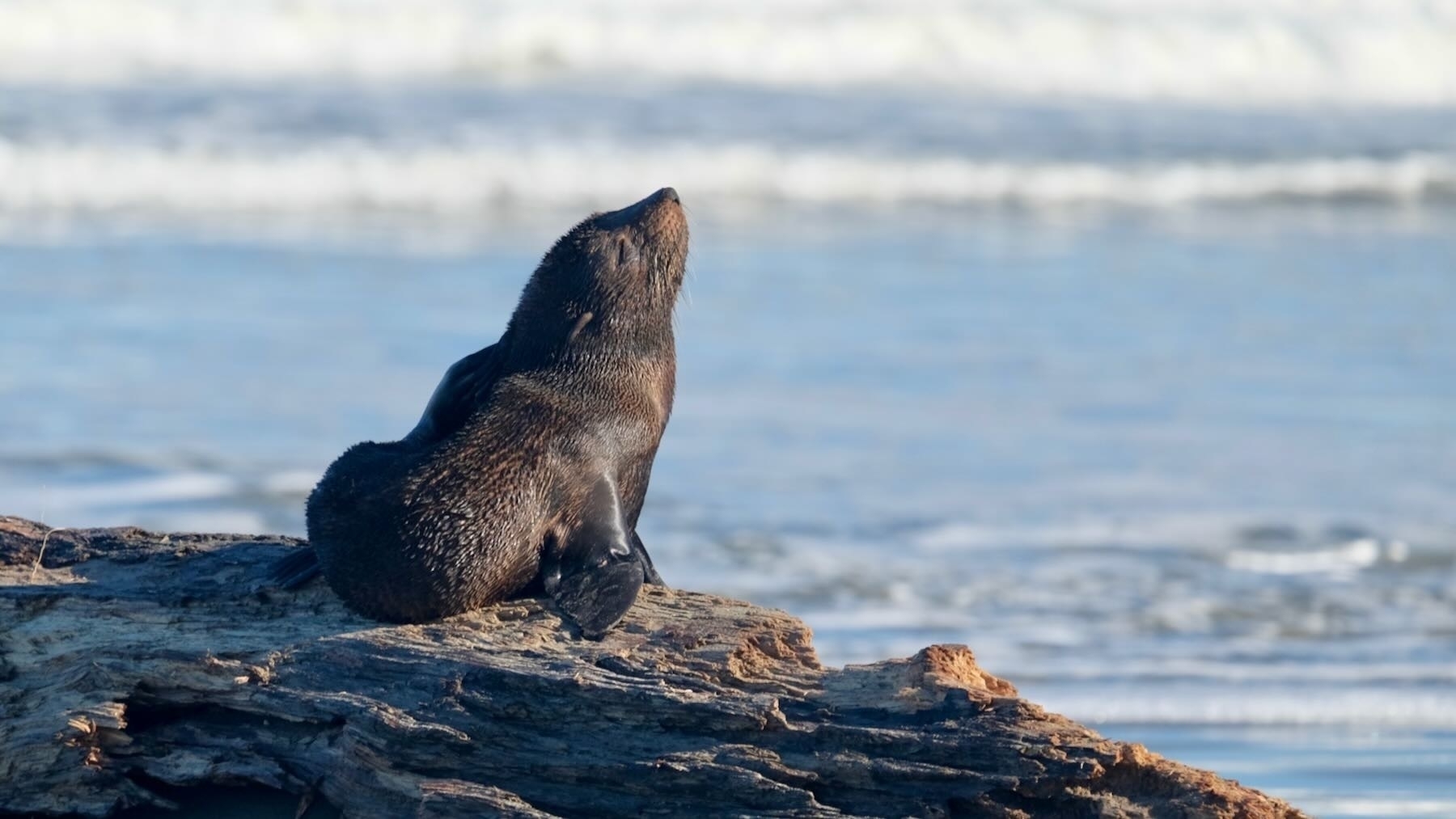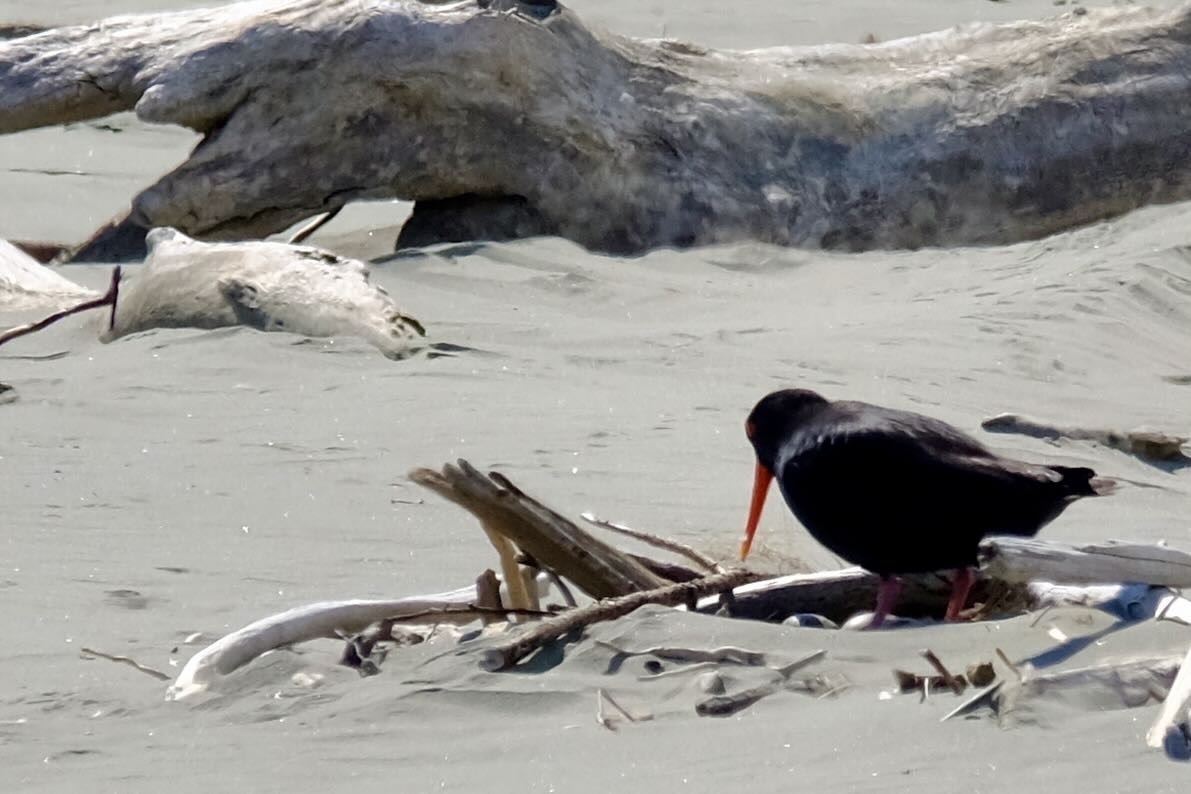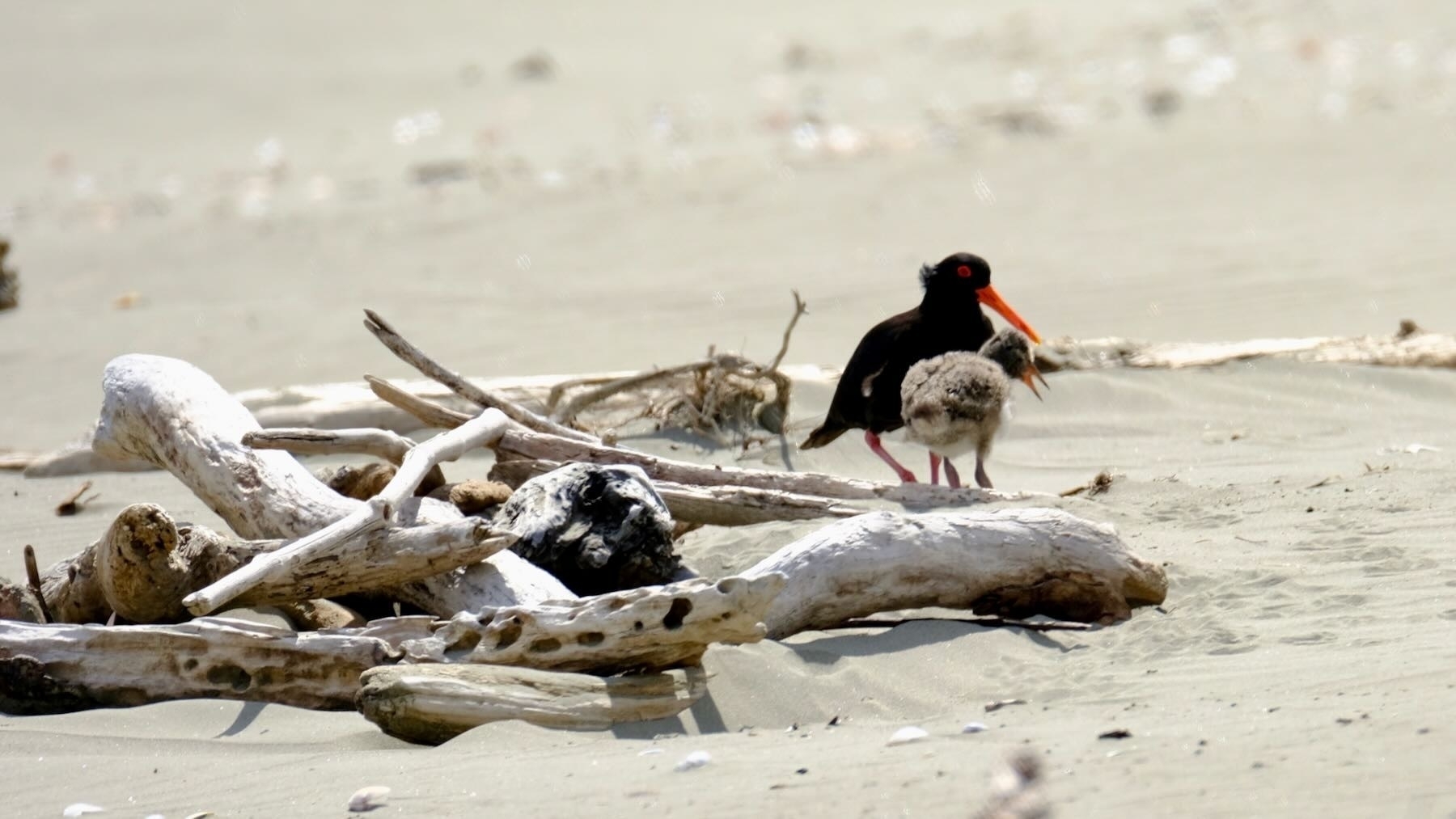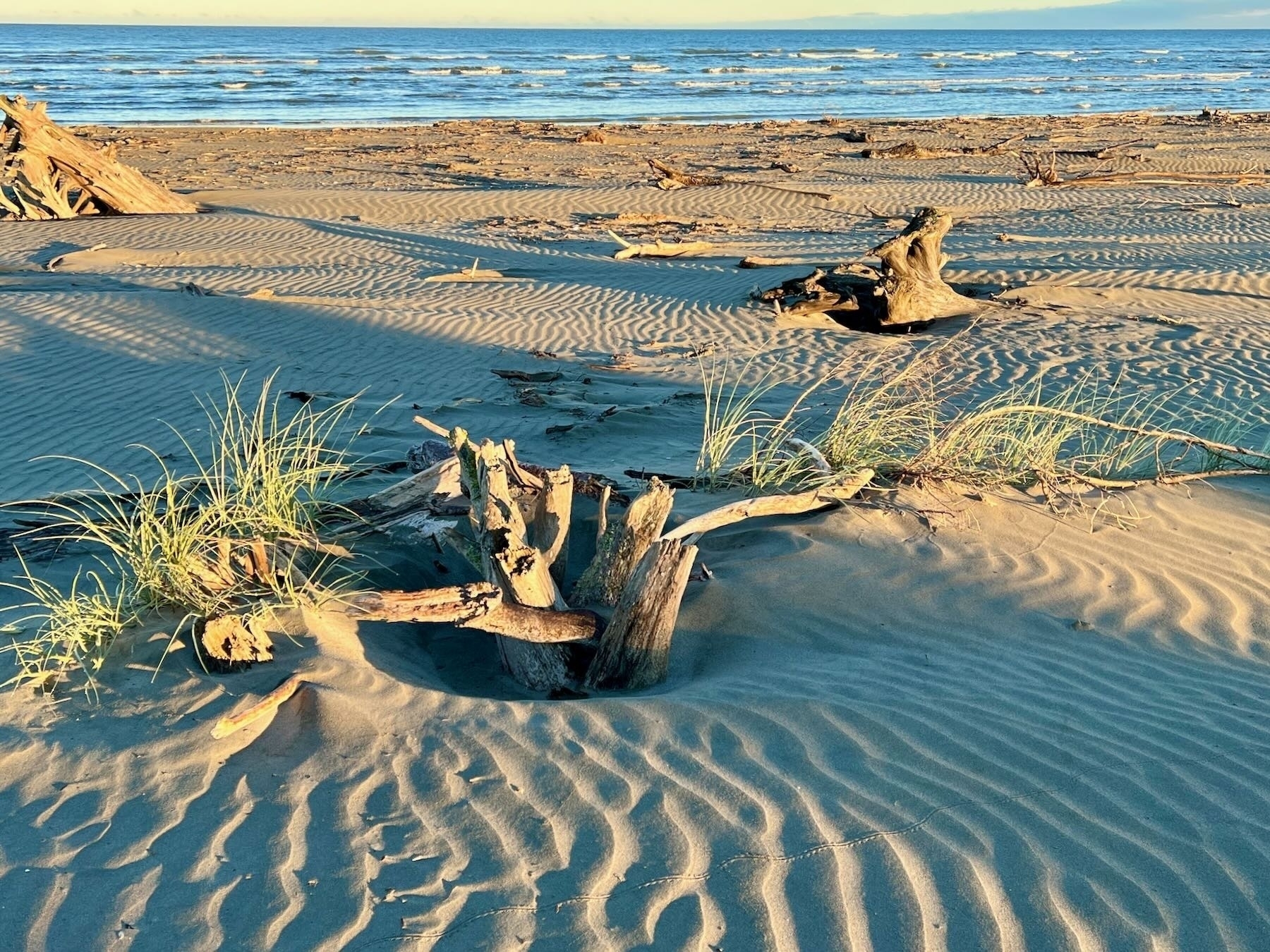
It feels as though there haven’t been so many people lately sawing up big bits of driftwood on the beach. At the same time, it feels as though the beach is developing rapidly: building up, changing shape, and creating little dunes.
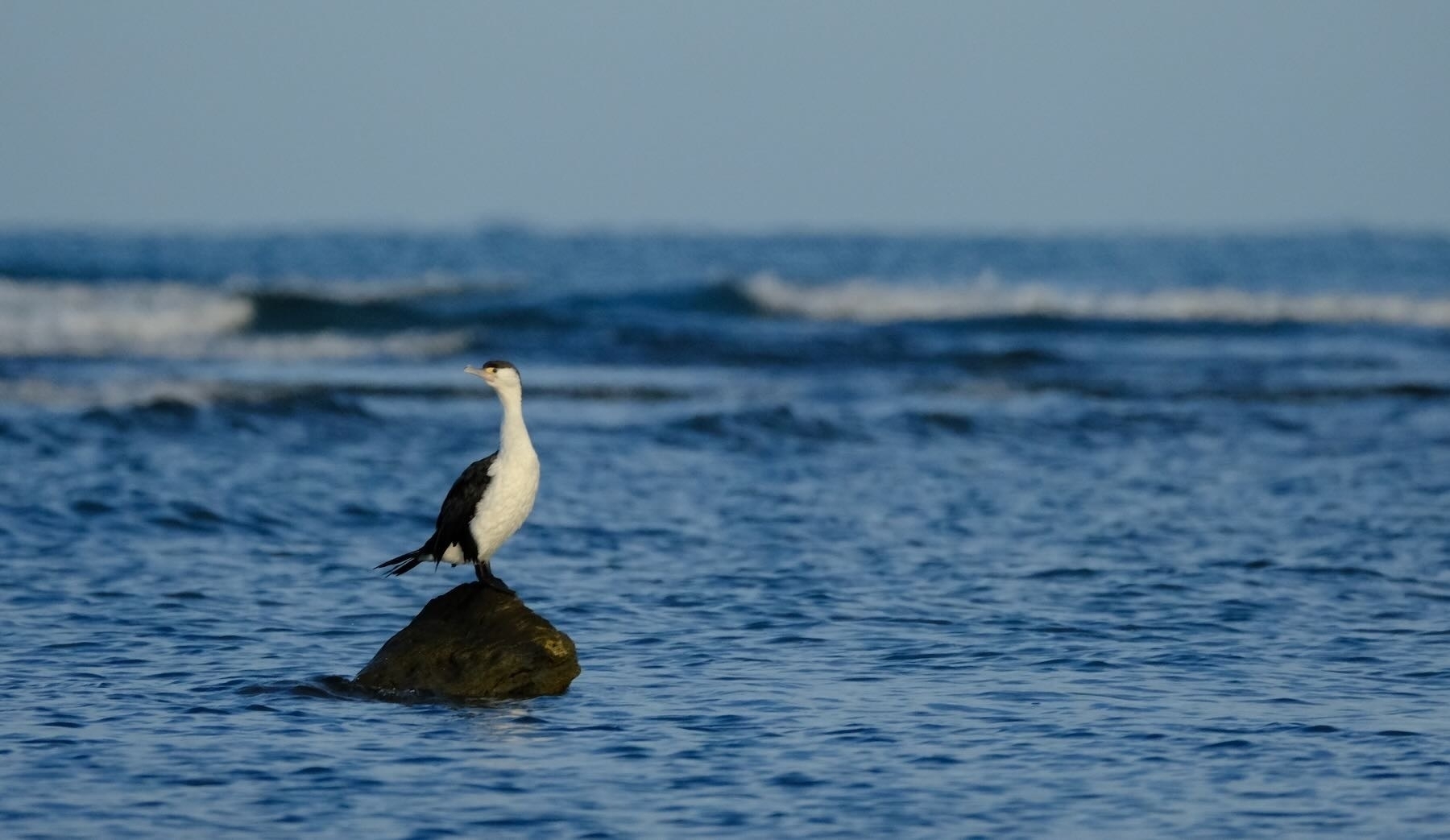
Are these two things connected? Well, maybe.
A bit of searching led me to this interesting (and brief) Department of Conservation report by Walls, G., 1997: Where water meets land: Ecological values and conservation management of driftwood (PDF). Following are a few choice extracts.
Stability, erosion control, dynamics
… driftwood catches material, usually on its uphill or upstream side, or facing the prevailing wind. On the other side it may form a hollow. The nett effect is an accumulation of sand, silt, shingle, shells, seaweed or leaves.
Driftwood … provides a natural basis and reinforcing structure for foredunes and low bars, and shapes beaches and shores accordingly. … With judicious placement of driftwood, eroding portions of beach systems can be stabilised…Habitats for small animals
In estuaries and rivers, where driftwood is partly submerged, it furnishes sites for fish, barnacles, marine worms and other aquatic or semi-aquatic small animals.Habitat for birds
Among the birds that use driftwood as roosting or lookout sites are kingfishers, starlings, shags, gulls, terns, dotterels, oystercatchers, herons and pipits: most of the birds of the shore.
A smaller number of birds routinely or occasionally seek out driftwood for nesting: black-backed gulls, black-billed gulls, oystercatchers, caspian terns, white-fronted terns, pied stilts …, banded dotterels, black-fronted dotterels, New Zealand dotterels (which may nest alongside a piece of driftwood either for shelter or as a landmark) and blue penguins.Conclusion
Driftwood has a significant ecological role, both as an ecosystem in its own right and as a component of other systems where land meets water. It provides habitats for a surprising range of animals and plants, and may be crucial in the life cycles of several. It is valuable in coastal stability and can be used as a cheap effective erosion control material.

Down in Kāpiti the Beach Bylaw 2009 (PDF) prohibits people from using power tools to cut up driftwood, and you can’t remove more than you can carry on foot (Clause 18).
Given our problems at Waikawa Beach with erosion, that sounds like a very sensible approach we could put into practice.
